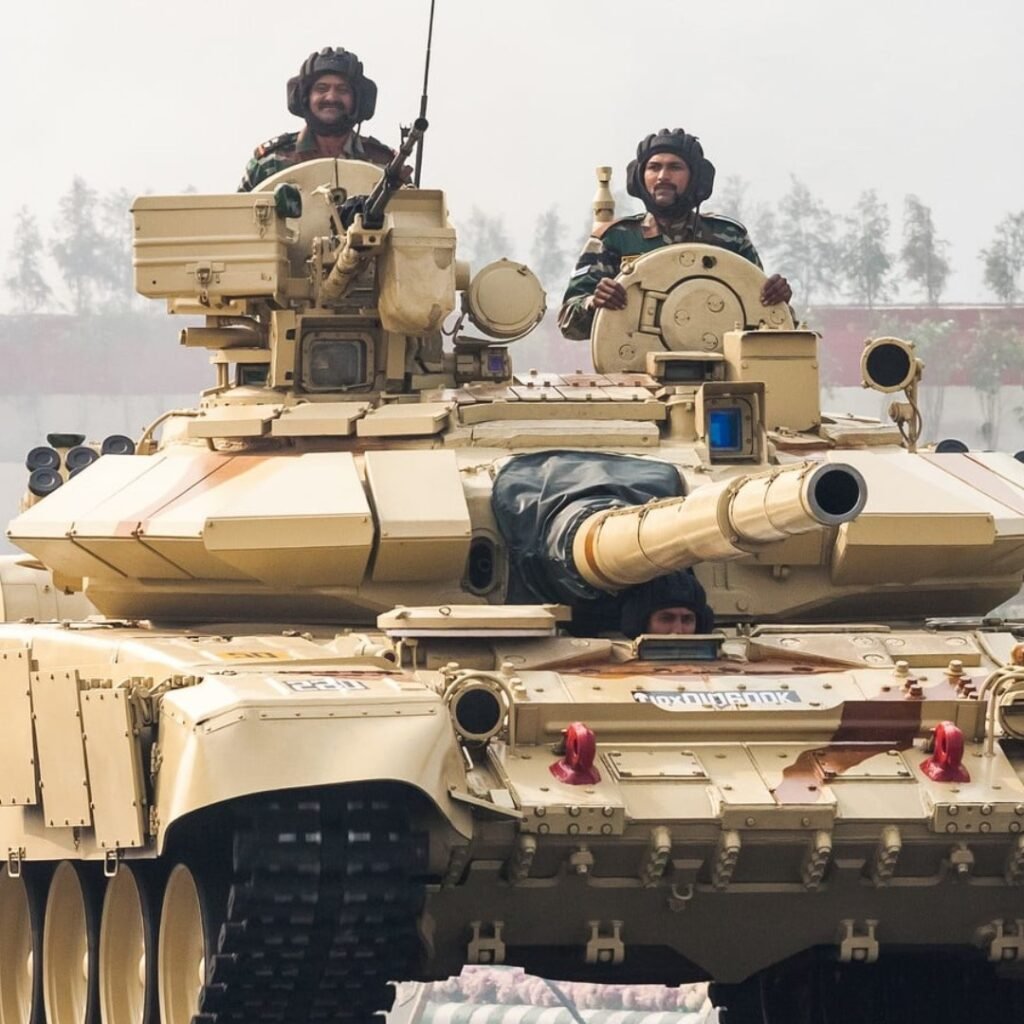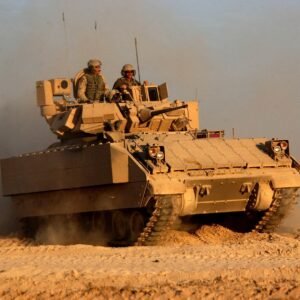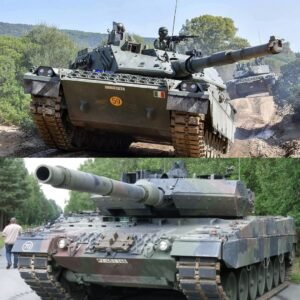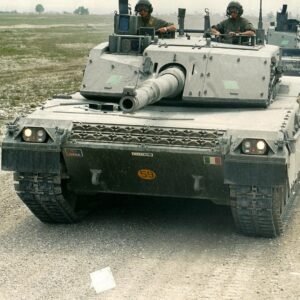I. Introduction of The Russian T-90 Main Battle Tank
The Russian T-90 main battle tank is a third-generation tank that was developed in the late 1980s as an upgrade to the T-72 and T-80 tanks. It was officially introduced into service with the Russian Army in 1992 and has since been exported to several countries, including India, Algeria, and Azerbaijan.

II. T-90 Main Battle Tank Design and Development
The Russian T-90 main battle tank was designed and developed in the late 1980s by the Russian defense industry as an upgrade to the T-72 and T-80 tanks. The development was undertaken by the Kartsev-Venediktov Design Bureau (KMDB) in Kharkiv, Ukraine, which was part of the Soviet Union at the time.
The Russian T-90 main battle tank was designed to be a highly advanced and modern main battle tank, with improvements over the T-72 and T-80 in terms of mobility, firepower, and protection.
The Russian T-90 main battle tank has undergone several upgrades over the years to improve its capabilities, including the addition of a thermal imaging system, an improved fire control system, and the integration of advanced communication and information systems. These upgrades have helped to keep the T-90 as one of the most advanced main battle tanks in the world.
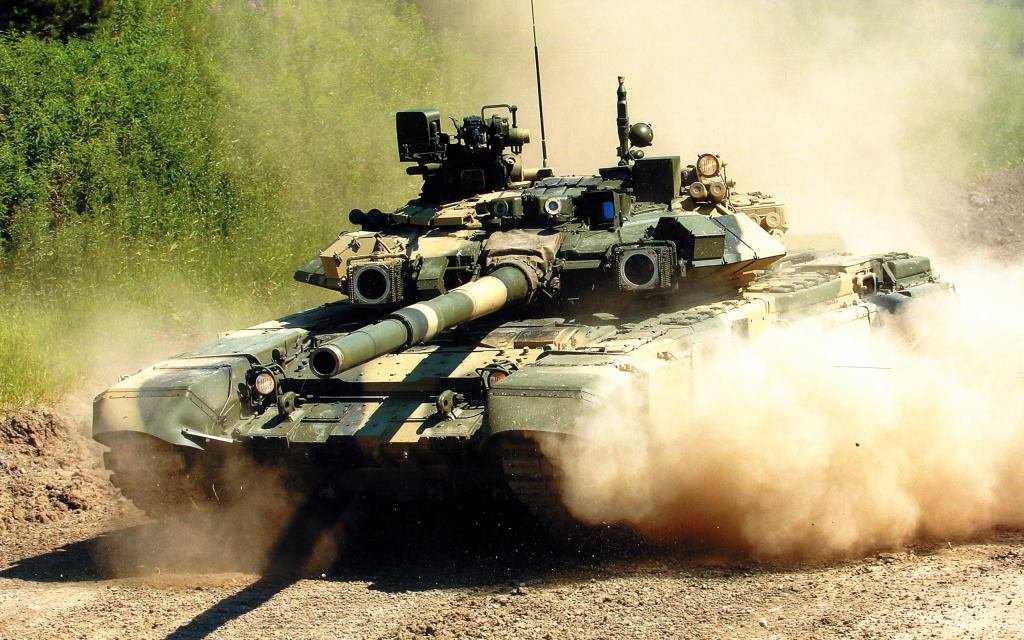
General Specifications of The T-90 Tank
| Specification | T-90 |
| Crew | 3 (commander, gunner, driver) |
| Weight | 46.5 tonnes (51.3 short tons) |
| Length | 9.53 m (31 ft 3 in) |
| Width | 3.78 m (12 ft 5 in) |
| Height | 2.22 m (7 ft 3 in) |
| Main armament | 125 mm smoothbore gun |
| Secondary armament | 1 × 7.62 mm coaxial machine gun, 1 × 12.7 mm anti-aircraft gun |
| Engine | V-92S2F diesel engine, 1,000 hp (746 kW) |
| Suspension | Torsion bar |
| Speed | 60 km/h (37 mph) |
| Range | 550 km (340 mi) |
| Armor | Composite and reactive armor |
| Operational range | 650 km (400 mi) with external tanks |
| Communications | R-163-50U radio set, P-168-25U radio set |
| Fire control system | 1A45T “Irtysh” |
| Infrared sight | TPN-4 “Irtysh” |
| Smoke grenade dischargers | 12 × 81 mm |
III. Russian T-90 Main Battle Tank Capabilities and Features
The Russian T-90 main battle tank is a highly capable and versatile armored vehicle that is designed to operate in a wide range of combat situations. Its key capabilities include
Firepower:
The Russian T-90 main battle tank is armed with a 125mm smoothbore gun that is capable of firing a variety of ammunition types, including armor-piercing fin-stabilized discarding sabot (APFSDS) rounds, high explosive anti-tank (HEAT) rounds, high explosive fragmentation (HE-FRAG) rounds. It also features a coaxial 7.62mm machine gun and a 12.
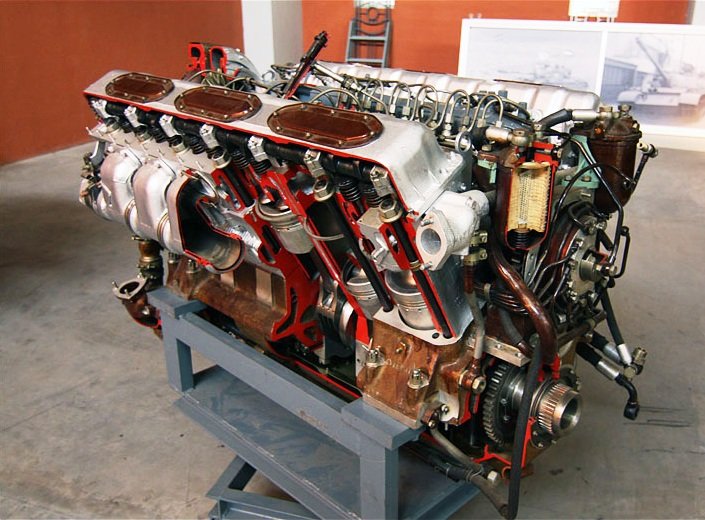
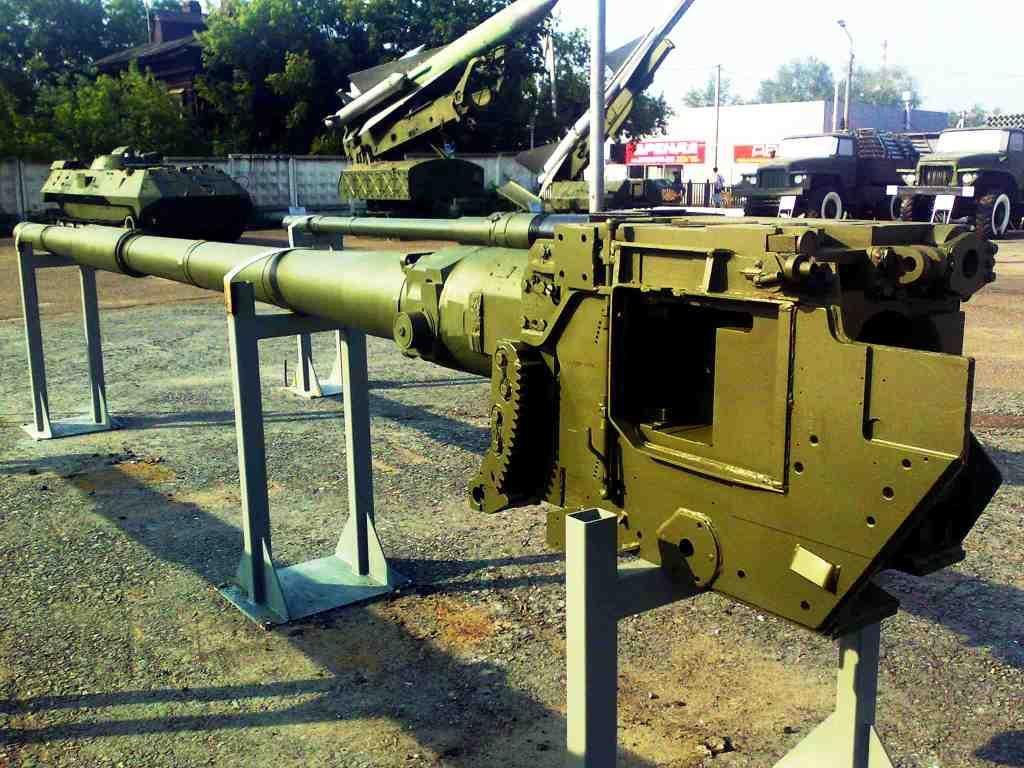
Protection:
The T-90 features advanced composite armor, explosive reactive armor (ERA), and a laser warning system to protect against a wide range of threats, including anti-tank guided missiles (ATGMs) and rocket-propelled grenades (RPGs).
Mobility:
The Russian T-90 main battle tank is powered by a V-92S2F diesel engine that produces 1,000 horsepower, giving it a top speed of 60 kilometers per hour on paved roads and 45 kilometers per hour off-road. It also has a range of approximately 650 kilometers. The tank also features an automatic transmission, an advanced suspension system, and hydraulic shock absorbers that provide excellent cross-country mobility.
Command and Control:
The T-90 features advanced communication and information systems, including a battle management system, a satellite navigation system, and a digital radio system. This allows the tank to be integrated into a larger network of command and control systems for improved situational awareness and coordination.
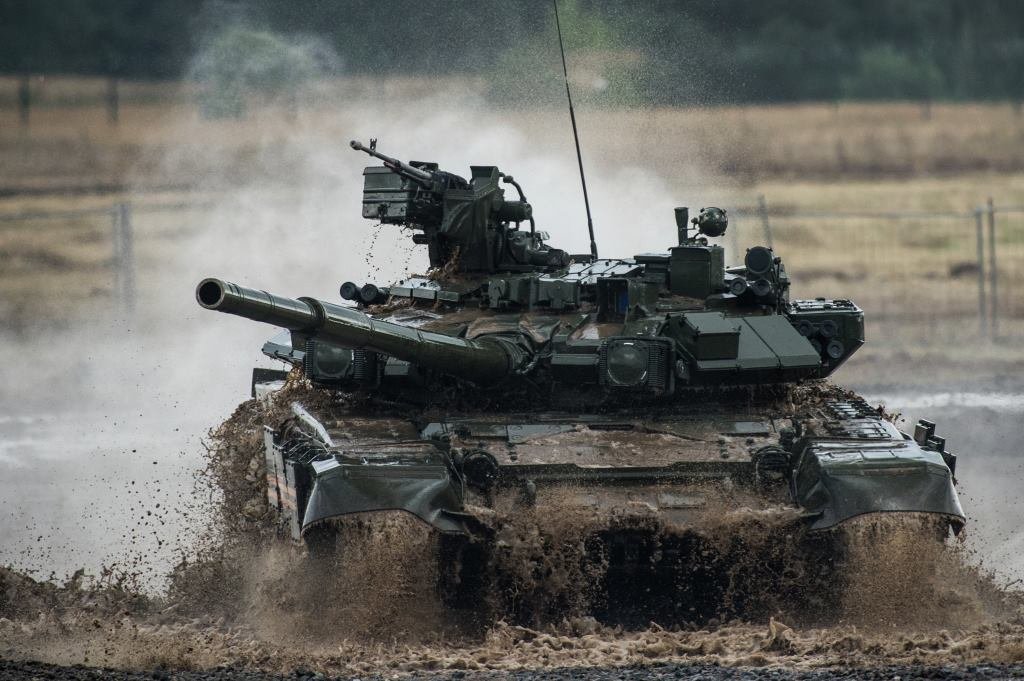
Crew Comfort:
The T-90 is designed with the crew’s comfort in mind. It features a climate control system, ergonomic seats, and improved visibility through the use of a panoramic commander’s sight and a thermal imaging system.
Upgradability:
The T-90 has undergone several upgrades over the years to improve its capabilities, including the addition of a thermal imaging system, an improved fire control system, and the integration of advanced communication and information systems. This means that the T-90 can continue to be upgraded and improved to keep up with modern battlefield requirements.
IV. Operation and War History of T-90 Battle Tank
The Russian T-90 main battle tank has been involved in a number of conflicts and operations around the world, primarily with the Russian Army and with countries that have acquired the tank through exports. Here are some examples:
- Chechen Wars: The T-90 saw combat in the First and Second Chechen Wars, where it was used by the Russian Army against separatist forces in Chechnya. The tank was praised for its protection and firepower in these conflicts.
- Russo-Georgian War: The T-90 was also used by Russian forces in the 2008 Russo-Georgian War, where it was involved in several engagements against Georgian armor. The tank was effective in these engagements, reportedly destroying a number of Georgian tanks and armored vehicles.
- Syria: The T-90 has been used by the Syrian Army in the ongoing Syrian Civil War. The tank has been used in various offensives and battles, including the Battle of Aleppo and the Battle of Palmyra. The tank has reportedly performed well in these engagements, with some reports suggesting that the T-90 was instrumental in the recapture of Palmyra.
- Other Operations: The T-90 has also been used by the Indian Army in various operations and exercises, including the Kargil War and the 2016 Uri attack. The tank has also been exported to several other countries, including Algeria, Azerbaijan, and Turkmenistan.
The Russian T-90 main battle tank has proven to be an effective and reliable armored vehicle in a variety of combat situations.
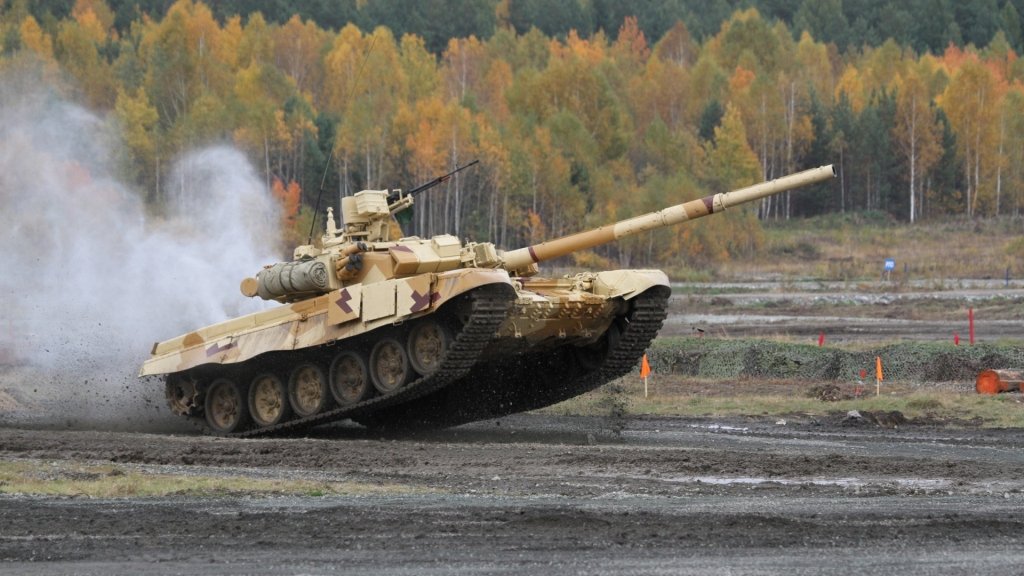
V. Variants of The Russian T-90 Main Battle Tank
There have been several variants of the T-90 main battle tank, with each variant featuring different upgrades and improvements to its capabilities.
- T-90S: This is the original production version of the T-90, which entered service with the Russian Army in 1993. It features a 125mm smoothbore gun, a coaxial 7.62mm machine gun, and a 12.7mm heavy machine gun. It also features advanced composite armor and explosive reactive armor.
- T-90A: This variant was introduced in 2004 and features several upgrades, including an improved fire control system and an auxiliary power unit. It also has improved protection with upgraded composite and reactive armor.
- T-90M: This variant, also known as T-90AM, is the most advanced version of the T-90 and features a number of upgrades to its firepower, protection, and mobility. It is equipped with a new generation of reactive armor and can fire a wider range of ammunition, including the 9M119 Refleks anti-tank guided missile. It also features a new automatic loader and a more powerful engine, among other improvements.
- T-90MS: This variant, also known as T-90SM, is an export version of the T-90M that has been sold to several countries, including India, Algeria, and Azerbaijan. It features many of the same upgrades as the T-90M, including improved armor and advanced electronics.
- T-90S Bhishma: This is the Indian Army’s version of the T-90S, which features several modifications to suit Indian requirements. It is equipped with a fire control system developed by India and has a new auxiliary power unit. It also has an advanced climate control system to suit Indian conditions.

VI. Russian T-90 Main Battle Tank:- Prototypes
There have been several prototypes of the T-90 main battle tank that have been developed over the years, with some of them leading to the production of the final versions.
- Object 188: This was the original prototype of the T-90 and was developed in the 1980s. It was designed to replace the aging T-72 tank and featured a number of advanced systems, including a new fire control system, improved armor, and a more powerful engine. Object 188 was eventually developed into the T-90S.
- Object 187: This was another prototype developed in the 1980s, which was based on the T-72 tank but featured advanced armor and a new gun. Object 187 was not developed further, but some of its technologies were used in the development of the T-90.
- T-90E: This was a prototype developed in the 1990s for export to foreign countries. It featured advanced armor and a new fire control system, among other upgrades. The T-90E was not produced in large numbers, but some of its technologies were used in the development of the T-90S and its variants.
- T-90K: This was a prototype developed in the 2000s that was designed for use by the Russian Army’s command and control units. It featured a modified turret with a different configuration of weapons and equipment, as well as advanced communication and information systems.
- T-90B: This was a prototype developed in the 2000s that was designed to be a cheaper and less advanced version of the T-90. It featured simplified systems and equipment compared to the T-90S but was never produced in large numbers.
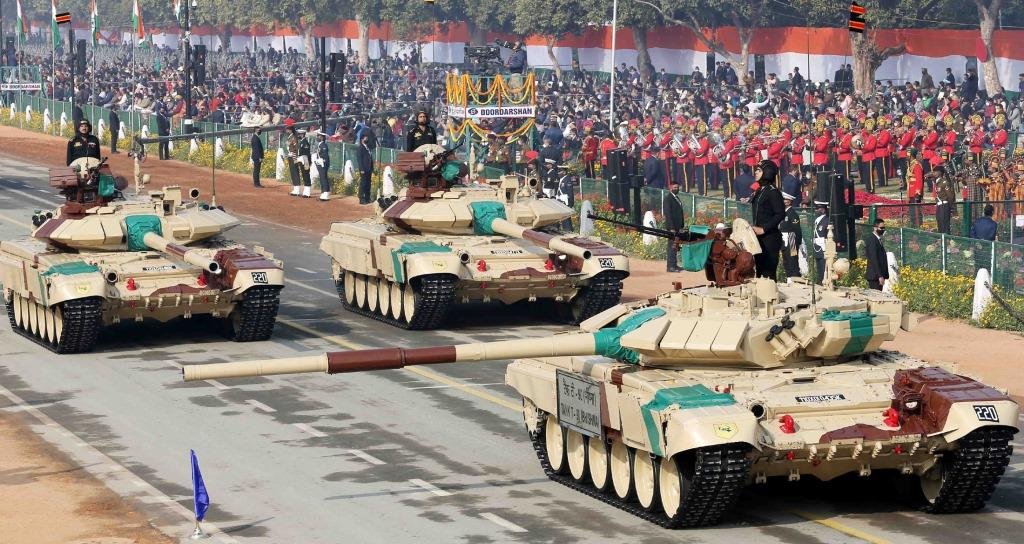
You know about the British army usually uses The Challenger 2 Tank in any war.
Read More:-Merkava Main Battle Tank: A Reliable Israeli Creation

